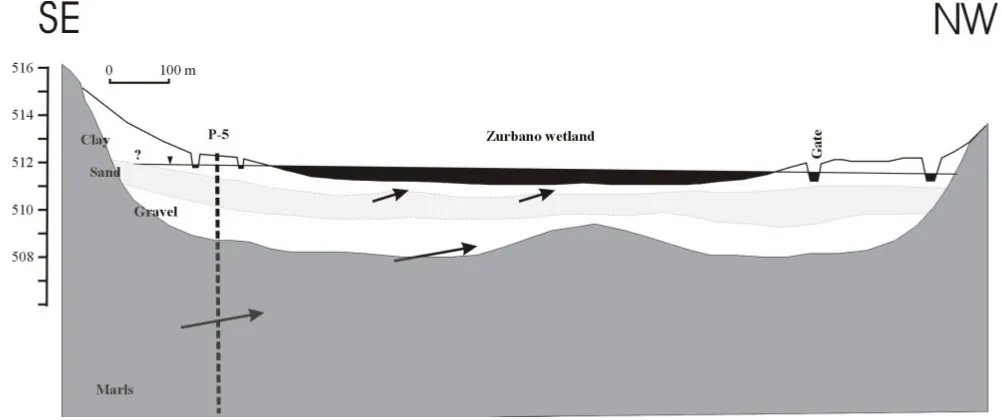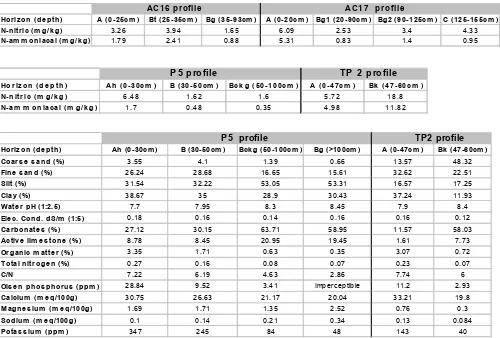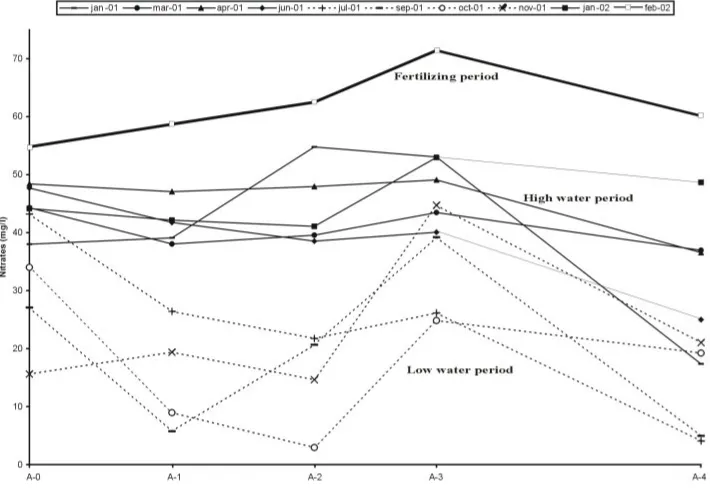Wetland restoration and nitrate reduction: the example of the peri urban wetland of Vitoria Gasteiz (Basque Country, North Spain)
Full text
Figure




Related documents
Management of superior pellucid marginal degeneration with a single intracorneal ring segment using femtosecond laser. Intrastromal ring segment insertion using a femtosecond
And nothing triumphs over poor and inconsistent sound better than a total audio solution from the world leader in audio and electronic products, Telex Communications and its brands:
Tax equity – positive concept, but insignificant compared to the economic growth issue Research points to CGT undermining savings, capital formation, growth and development CGT
Specification requirements vary with the proposed end-use; hence rock crushed for use as sealing aggregate is required to meet more stringent test criteria than that accepted as
UPnP Control Point (DLNA) Device Discovery HTTP Server (DLNA, Chormecast, AirPlay Photo/Video) RTSP Server (AirPlay Audio) Streaming Server.. Figure 11: Simplified
In the study presented here, we selected three rep- resentative pathogenic PV mAbs cloned from 3 different PV patients: F706, an anti-Dsg3 IgG4 isolated by heterohybridoma, F779,
National Conference on Technical Vocational Education, Training and Skills Development: A Roadmap for Empowerment (Dec. 2008): Ministry of Human Resource Development, Department
Although prior research indicates that differences in treatment outcomes across programs modalities exist (Anglin & Hser, 1990; Hser et al., 1998; Hubbard et al., 1989), our





